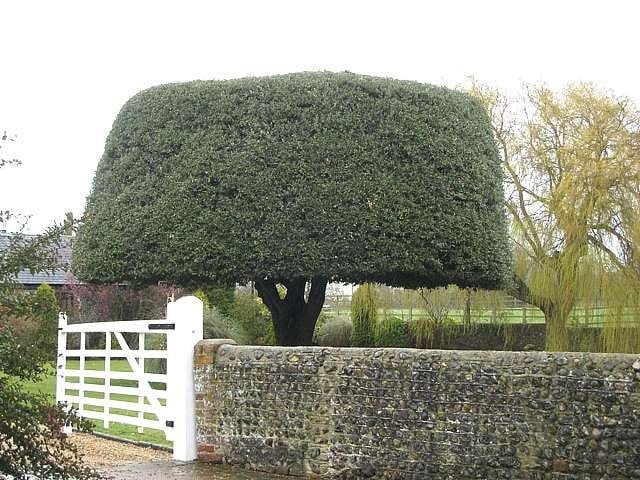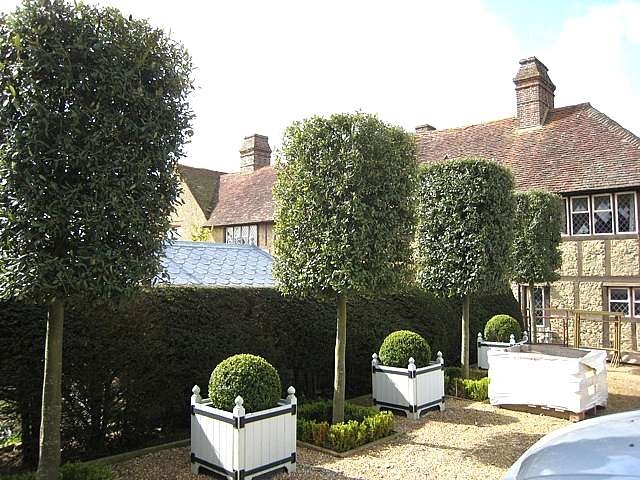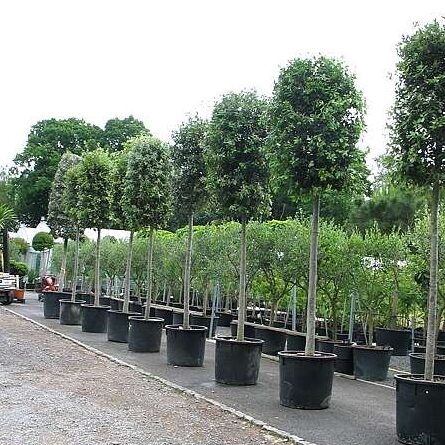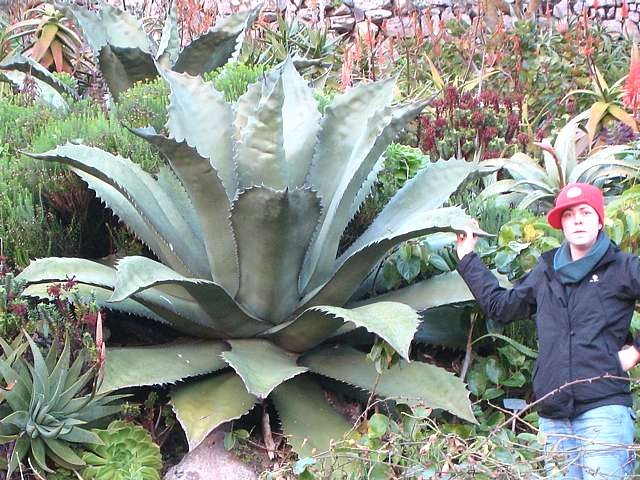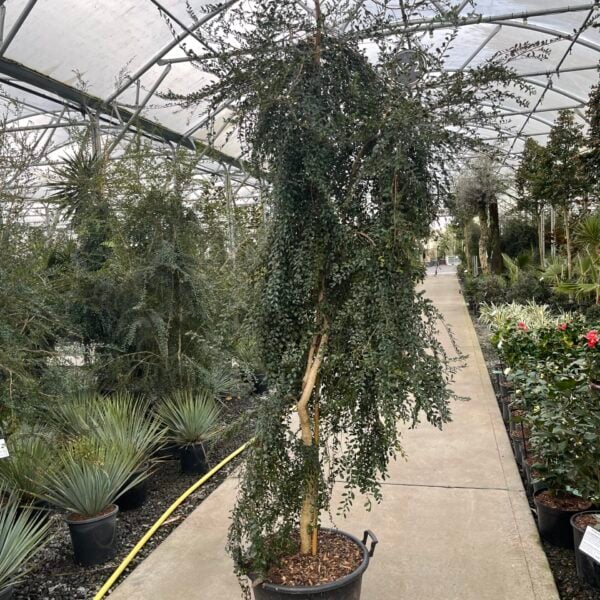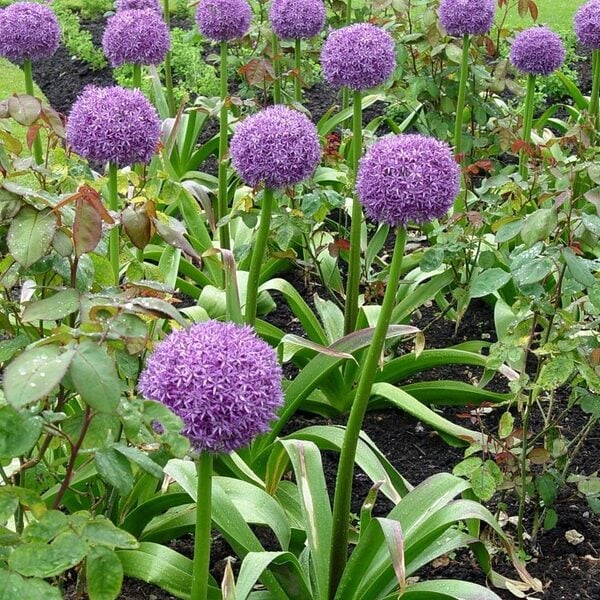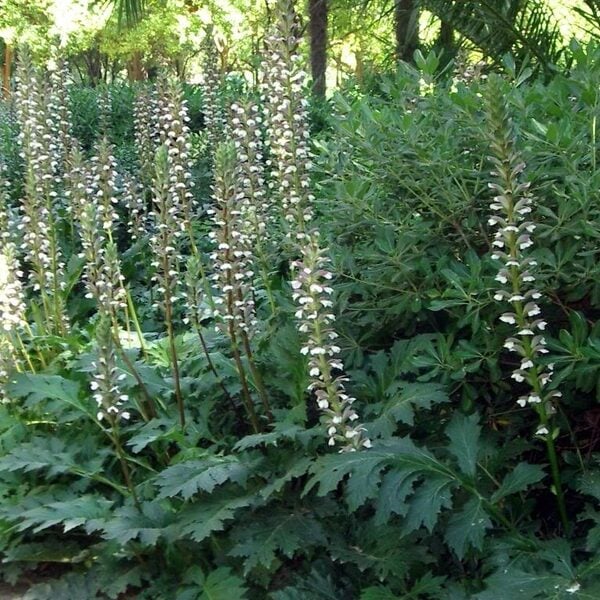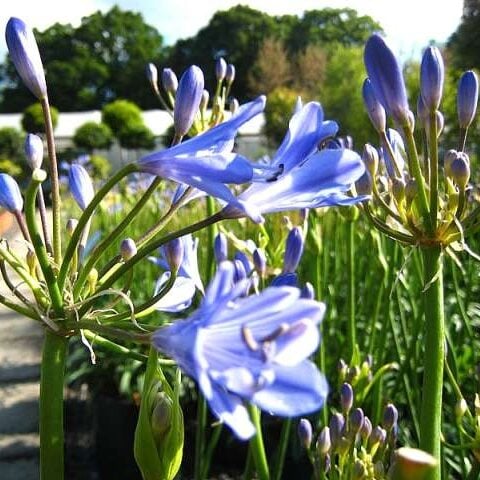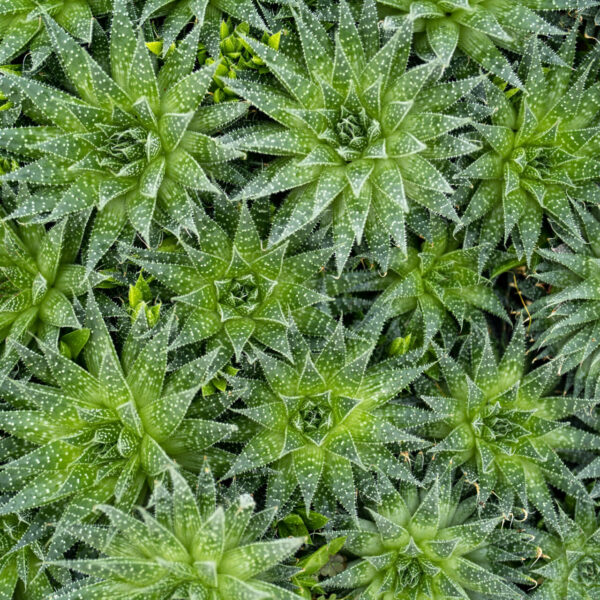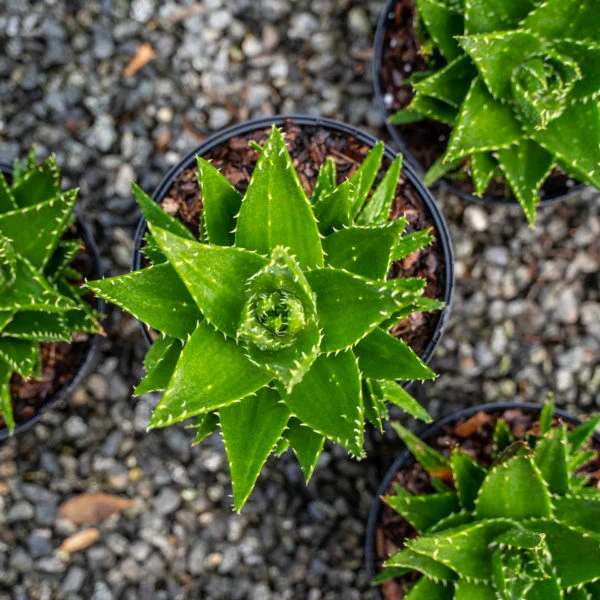Quercus ilex (Holm Oak)
Very grand. The mightiest of all the Evergreen Oaks. To 50ft after 80 years. Often used as posh topiary – interesting geometric shapes like stilted hedges etc. Please contact us for stock availability and sizes.

Hardiness level Green
One of the toughest and most beautiful evergreen trees in the world. In Britain, the idea of an evergreen oak is considered a bit odd. In fact, most oaks around the world are small and evergreen and grow in arid areas. Deciduous oaks (the English oak is one), are the exception. This is native to southern Europe where the climate is dry. In this country during the growing season, the days are long and it rains a lot and as a result, it becomes a much bigger tree than in its native habitat. They're quite slow growing (20ft after 25 years) but keep going and going - eventually growing to a huge rounded dome 80ft tall by 80ft wide - and are extremely long lived - just like their close English relatives. They'll grow on chalk or clay, by the sea, in the middle of a wood (very shade tolerant) or on top of a hill. Very very few trees have such an ability to adapt to so many different climates. They're nearly always grown from seed and they vary in the shape and size of leaf and the colour of the new growth. Sometimes they have quite an upright habit, sometimes they weep but it never seems to matter - they're always beautiful. They've been in cultivation in Britain for at least five hundred years and have been put to many different uses during that time - from forest to park-land to avenue to a huge range of topiary. They clip beautifully. As a result of this long term use, they have become a bit of a tradition and therefore rather respectable and that's why we refer to them as being posh. The degree of poshness always seems to be a function of the number of centuries something's been in cultivation. On a windy day in early June, they're covered in their fresh green (or sometimes reddish) new growth and the wind turns the leaves displaying the silver undersides and the yellow dangly little flowers add to the marvellous texture. Another good reason to look forward to early June but actually, these trees are a delight at any time of the year.
In Italy, they're a bit of a religion and they're ubiquitous - as trees but mostly clipped into stilted hedges, hedges, clipped street trees, avenues and 'tettos' (like a table top on a stick in a formal matrix). If you want to keep on the right side of a proud Italian gardener, for God's sake never mention the fact that they actually become more majestic in England than in Italy. It won't go down well. The tradition is strong here too but not to the extent that you'll see them in Italy. There, they are everywhere. We sell them as clipped full standards (6ft trunk with top clipped into cylinder - we call them standard immersion heaters), free full standards (6ft trunk but less formal and usually younger and cheaper), multi-stemmed (self explanatory, one hopes) and as hedging plants. We always have a lot, we really really like them, have much to say about them and, you could say, specialise in them.
We occasionally grow them from acorns but most of ours come from Italy. They grow all over Britain but Sussex has a particularly large population of fine specimens both on the coast and well inland too. The appalling tedium of the endless roundabouts and traffic jams on the A27 between Arundel and Chichester is hugely mitigated by the endless and beautiful specimens of Quercus ilex en route. If you drive through Storrington in an easterly direction you reach a mini-roundabout. Dead ahead (on the Washington road) is a fine example of a weeping Holm Oak. One of those rare occasions when you hope the traffic is bad enough that you'll have the time to gaze in wonder at this remarkable tree.
Many organisms live on oak trees and their leaves are rarely perfect. Before the leaves drop in late spring and early summer the oldest leaves will often display signs of habitation - usually galls or spots. These leaves have done their job and are about to drop. When newly planted and not fully established, evergreen oaks will sometimes drop leaves before the new growth appears. May is evergreen's autumn. They're often not at their best at that time of year but the transformation from looking a bit sorry for itself in May and extremely pleased with itself by early June is always a joy to behold. If you're concerned about infected leaves, sweep them up when they drop and burn them.
Propagated from seed (known as Acorns, of course).
N.B. When clipping several plants with the same tool, have a bucket containing a 5% bleach solution and swish your blades around for 30 seconds between plants to sterilise them. This will help avoid the chance of cross contamination of disease.
As with all woody plants, plant high, exposing as much of the taper at the base of the trunk as possible. Allowing soil to accumulate round the base of a tree can be fatal. Keep very well watered when first planted.
Additional Information |
|
|---|---|
| Soil Type | |
| Light | |
| Plant Type | |
| Continent of Origin | |
| Specialist Plants | |
| Tree Size | |
| Situation | Coastal, Exposed (To wind and sun), Mild City Gardens, Plants for Pots, Seaside, Sheltered Garden |
| Hardiness | |




